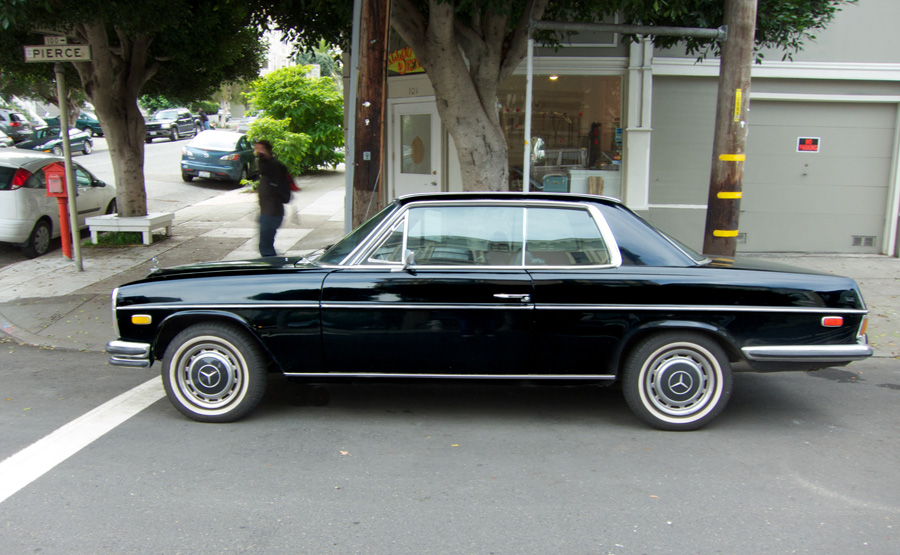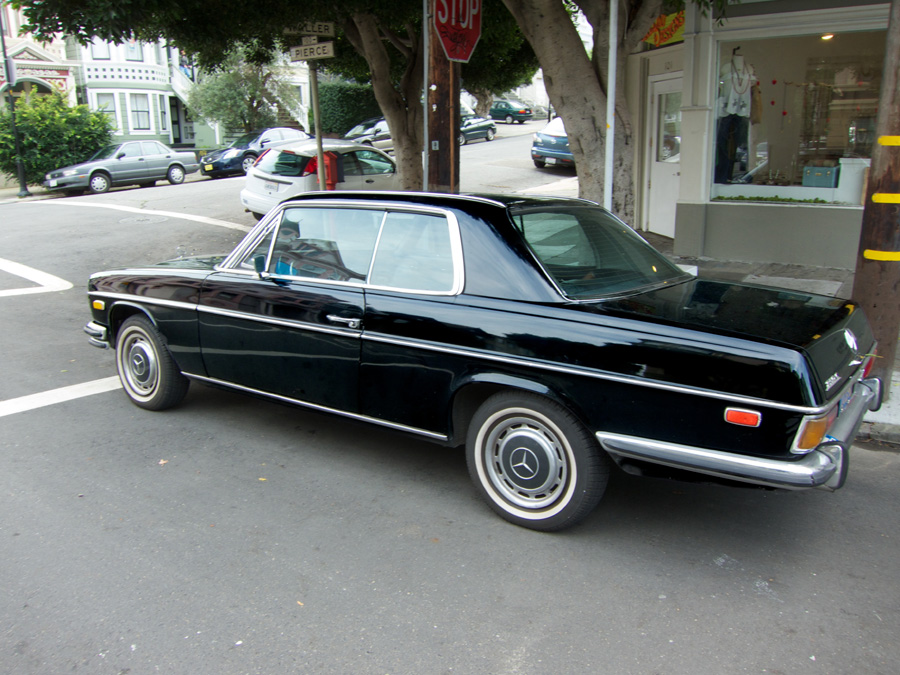Click on pictures to Z O O M in.
 |
 |
 |
During my senior year at Lincoln High School in Jersey City, my good friend Danny Coleman got his father’s car to drive around town. In fact, as I remember, his father gave him the car but there were some issues.
In New Jersey in 1958, the state ran the vehicle inspection centers you had to take the car through whenever the car title changed hands. That was a good thing except when the brakes did not function too well. The routine was to drive the car into the lane and first they checked all the lights and the tires and front-end alignment. Then came headlight alignment and then the brakes were tested. In preparation for the brake test, Danny was continually pumping the brakes until the inspector asked us to get out of the car. The inspector took his time getting in to the car and that was not a good thing. The process included getting the car up to about twenty miles an hour and then hitting the brakes on a big metal plate that measured side-to-side sway etc. When he did that, the car actually ran off of the plate missing it entirely. We failed inspection and were warned not to drive the car but to get it fixed right away. Somehow, I am not sure if Danny did have it fixed but I bet he wishes he had that car now, over fifty years later.
I found this information about the 1949-1951 Fords.
The Ford Comeback
As civilian auto production resumed in 1946, Ford found itself in third place behind Chrysler and was fading fast. Young Henry Ford brought in a team of outsiders who immediately embarked on a crash program to create Ford’s first new postwar car. That car was the ’49 Ford, and it was a huge advance over the previous model.
That style was continued through the 1951 model pictured here.
Have a look at a 1951 TV advertisement.
[youtube=http://www.youtube.com/watch?v=ya1IRCw9agc]
© Fred Winograd copyright 2010






















